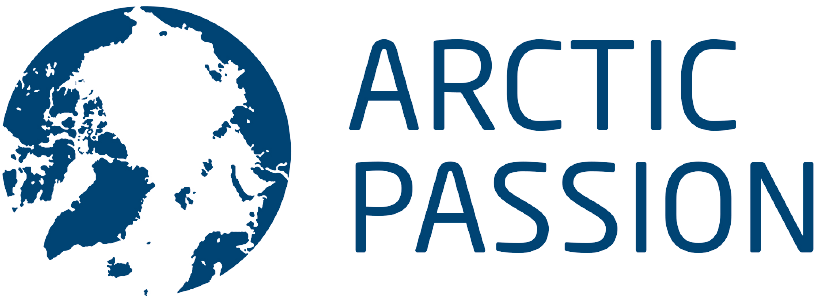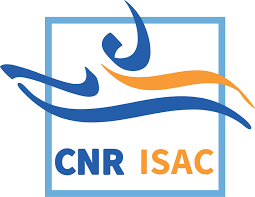The Challenge
People living in the Arctic face a rapidly changing environment and increasing human activity in the region. It is more important than ever to listen to the voices on the ground to understand people’s observing needs.
The Solution
The Roadmap for Arctic Observing and Data Systems (ROADS) has defined the process of Shared Arctic Variables (SAVs). SAVs are responsive to the information needs of everyone affected by the rapid changes in the Arctic environment, including indigenous organisations, northern communities, operational agencies, academia, industry and government. The three overlapping circles in the figure illustrate how local, regional and global scales will define SAVs.
More information about Shared Arctic Variables as a planning and implementation tool are found in Sandy Starkweather et al: Sustaining Arctic Observing Networks (SAON) Roadmap for Arctic Observing and Data Systems (ROADS) and in Alice Bradley et al: Shared Arctic Variable Framework Links Local to Global Observing System Priorities and Requirements.
















